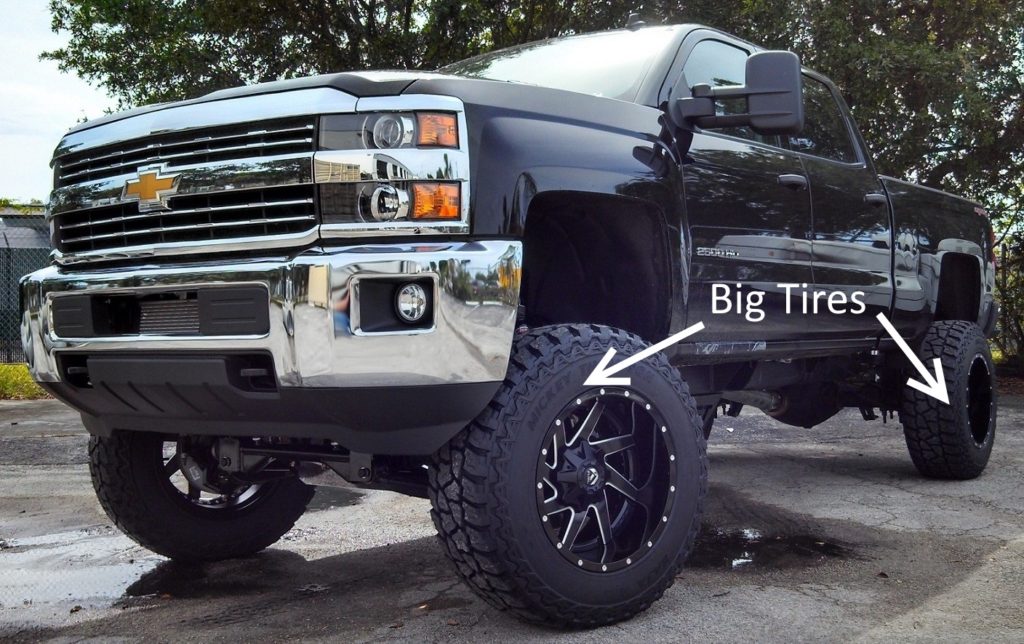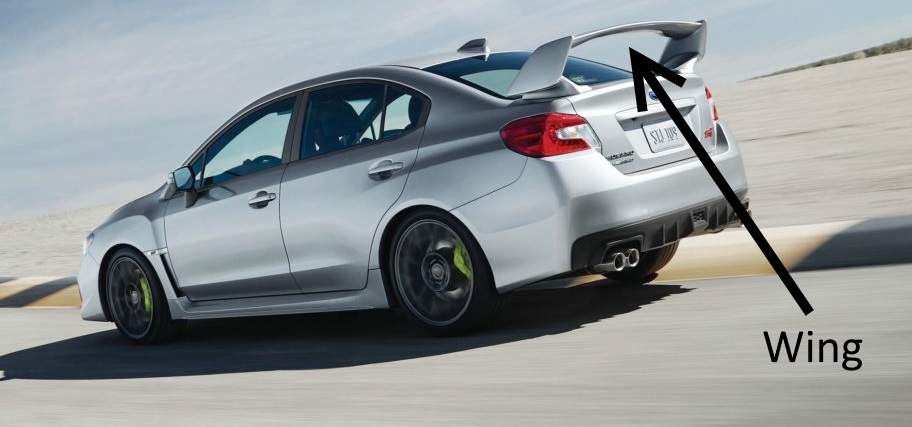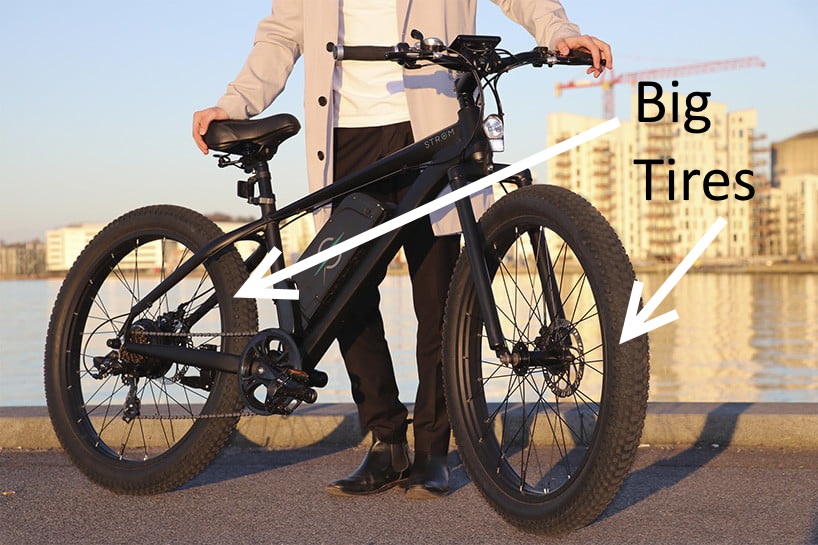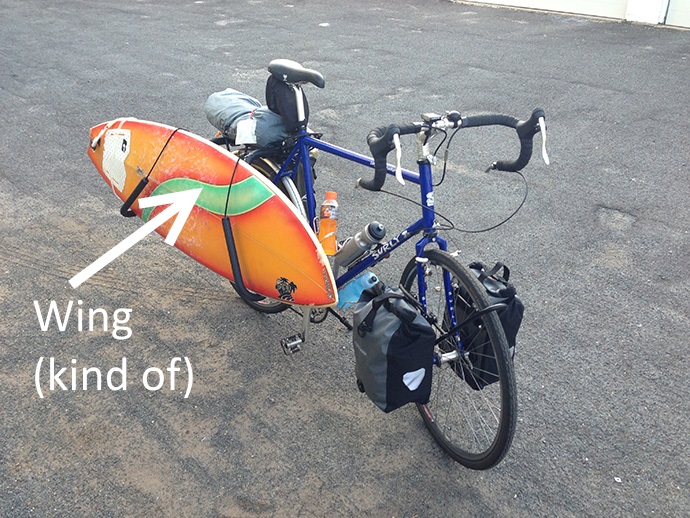If you’re like me, all carriages pretty much look the same: boxes made out of metal, plastic, and glass. Although, I suppose that to sheep, other sheep look different.
Regardless of how non-descript they look however, in my many years of sharing our roads with carriages, I have made some keen observations:
- First Observation: 90% of all carriages are nice. They will act as we bikers would want them to. Passing us carefully, not driving too fast, exercising caution and civility. Coexisting with us on our roads. I salute you! Thanks!
- Second Observation: 9.9% of carriages are completely indifferent to us bikers (and probably to other carriages as well). They are too preoccupied to care, but also don’t want to hurt themselves, or get in trouble, so they drive basically within legal parameters.
- Third Observation: 0.1% of carriages are mean. They go out of their way to intimidate us, by driving too fast and getting too close. They don’t believe in Coexistence. They think the roads belong to them alone. They’re just like Frodo, when he is overcome by darkness and lunacy and declares: “The ring is mine” (and almost brought about the end of the world.)

- Fourth Observation: Of the mean carriages, there are two characteristics that often stand out:
- a) they frequently have big tires; or
- b) they frequently have wings.
Here’s what I mean:


I wanted to understand what causes these carriages to behave in this uncivil way, so I decided to try an experiment.
Big Tires
First, since I don’t like to drive carriages, I borrowed a friend’s bike that also has big tires and I rode it around to see if it would try to push other bikes off the bike trail, or display other types of rude behavior. To my surprise, nothing of the kind happened.

Wings
Now, I tried to find a bike with a “wing,” but no one I’ve ever talked to had any idea why you would do that. This is the closest thing I could find. Once again, riding it around didn’t really cause any problems, other than some balance issues and aerodynamic factors when it was windy. (I never felt like I was going to start flying though.) Also, no bad behavior happened.

These characteristics are puzzling to me. In the case of big tires, they lead to unnecessary, large financial burdens, since they make carriages even more inefficient than they normally are, requiring the purchase of even more gasoline. Plus, they serve no visible purpose if you drive on pavement, which is where I see virtually all of them. In the case of wings, they are completely useless, as far as I can tell, like an inflatable dartboard.
Unfortunately, my experiment bore little fruit, scientifically speaking. I was not able to create a causal connection between the presence of either big tires or wings to the observed rude and uncivil behavior of some carriages. So, I’m holding off on the peer-reviewed scientific journal publication route for now.
Although I try to live my life along scientific principles as much as possible, to the extent that I understand those principles, I also believe there are some things that cannot be explained by science. Perhaps there is some design flaw that leads to meanness in those 0.1% of carriages. Perhaps it is a heart of darkness. Alas, I still do not know. But I will not return uncivil behavior with more incivility. Besides, I also happen to know that the days of the carriages are numbered. The Revolution is coming!
So for these things that science cannot explain, I will place my trust in Diana, that she may guide and protect me– that she may be a GPS to me, when all signals go dark.

Ride on with courage!


If you’re wondering, “car” is just a shortened form of “carriage” which is an ancient word, originally from celtic languages. http://www.word-detective.com/2014/12/car/